February 17, 2022
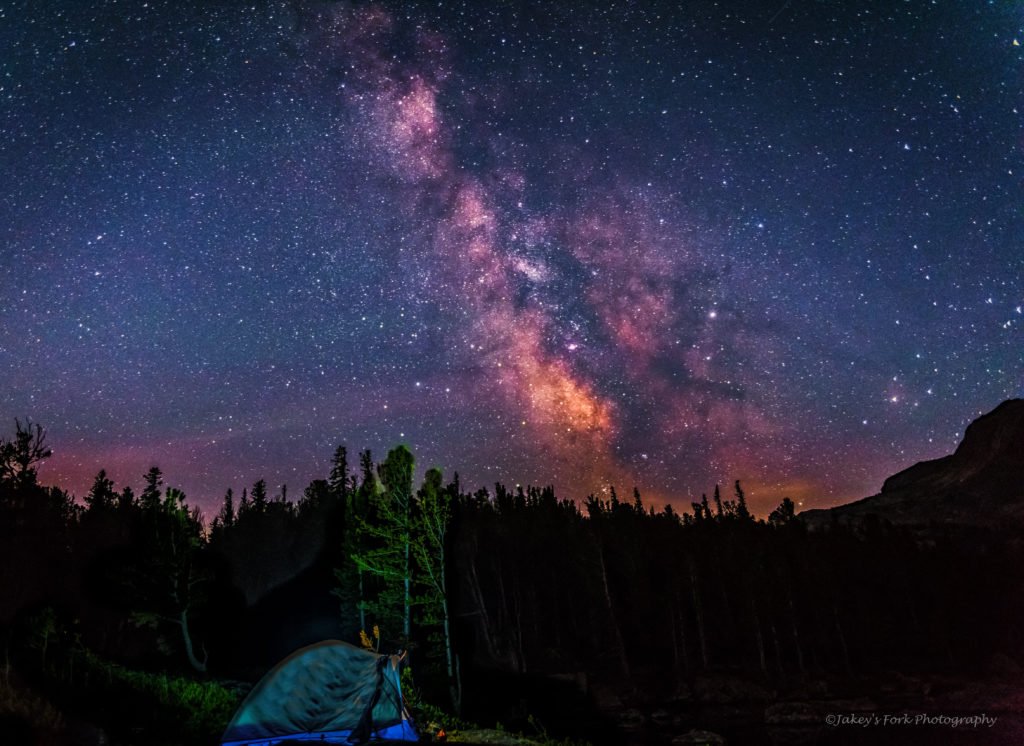
By Melanie Hoefle
A study by Science Advances in recent years shows 80 percent of the population of North Americans cannot see the Milky Way in the night sky anymore. The stars are drowned out by the street lamps, billboards, car headlights and buildings, which give off a permanent glow around larger cities. While light pollution is drastically reduced by LED lights, motion sensors and bulbs pointed downwards, sometimes it’s nice to get out of the glow and experience the night sky in all its natural glory.
With the lowest population in the United States and even lower light pollution, Wyoming has some of the darkest night skies in the country. That’s one of the reasons why Wind River Country is such a special place. The land of desert plains, high mountain peaks and endless rivers and streams has a night sky like no other.
There are a lot of exciting astrological events occurring in 2022, according to Sky at Night Magazine and www.space.com, and Wind River Country is one of the perfect places to keep an eye on the night sky for what’s to come. The best part is many of these events can be seen with the naked eye or a pair of binoculars.
On February 13, Venus attained its greatest brilliance in the early morning sky. On the morning of February 27, Venus will align with both Mars and the Moon. If you can locate the crescent Moon above the horizon in the southeast, you will be able to spot Venus shining brightly above Mars. Then again on March 13, Venus will form a conjunction with Mars, and you’ll be able to see the pair in the constellation Capricornus before sunrise.
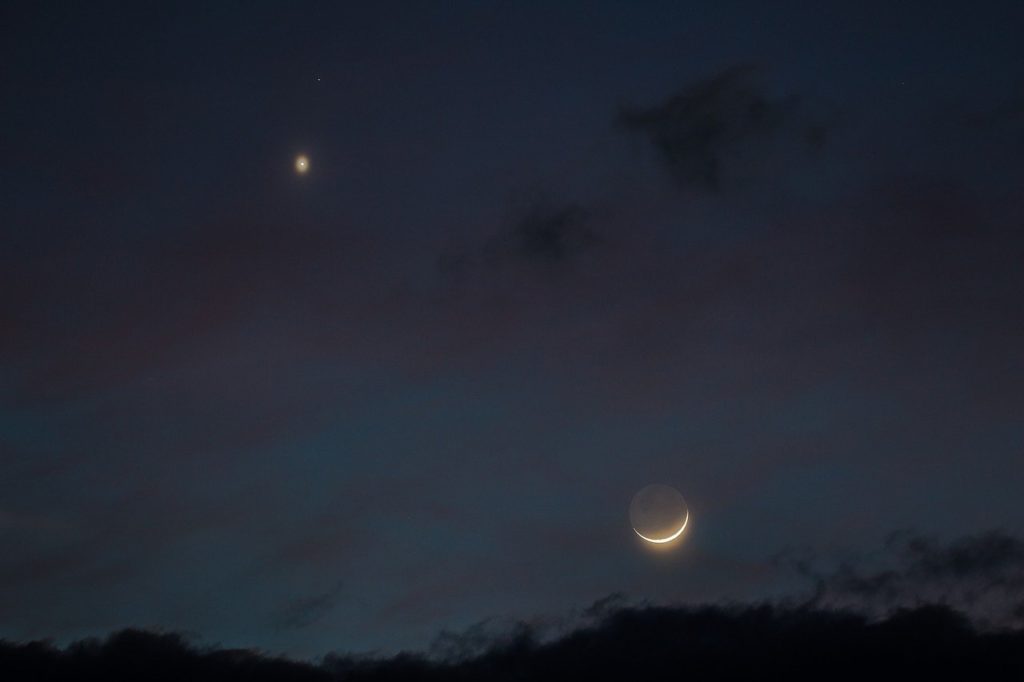
Mercury may be the Solar System’s smallest planet, but it can still put on a good show. Since it is the closest planet to orbit the sun, it can be a very difficult planet to spot. From mid-April to early May, keep an eye on the horizon, as you may get a glimpse of Mercury. In the evening, Mercury appears in the western sky and sets about an hour after the sun. In the morning, Mercury appears in the eastern sky and rises about an hour before the sun.
On the morning of April 4, Mars will pass very close to Saturn, coming within less than one-third of a degree of one another. Look for the dance of these two planets in the Capricornus constellation just before sunrise. On April 22, the Lyrid meteor shower passes above Earth, with the peak of the shower passing over shortly before dawn. Look towards the Lyra constellation to see these meteors, which are caused by debris from Comet Thatcher. A second celestial dance to keep an eye out for is that of Jupiter and Venus, the two brightest planets in the night sky. On April 30, the two planets will appear very low in the eastern sky about one hour before sunrise. Finally, another meteor shower, the Eta Aquarids from Halley’s Comet, will be active between late April to mid-May. Named after their radiant point in the Aquarius constellation, Eta Aquarids peaks in the early morning hours of May 5.
2022 also brings two supermoons. Occurring at the point where the Moon’s orbit is closest to the Earth, supermoons make the Moon appear a little brighter and closer than normal. The first supermoon of the year, the Strawberry Moon, greets us on June 14. The second and “biggest” supermoon, the Buck Moon, appears on July 13.
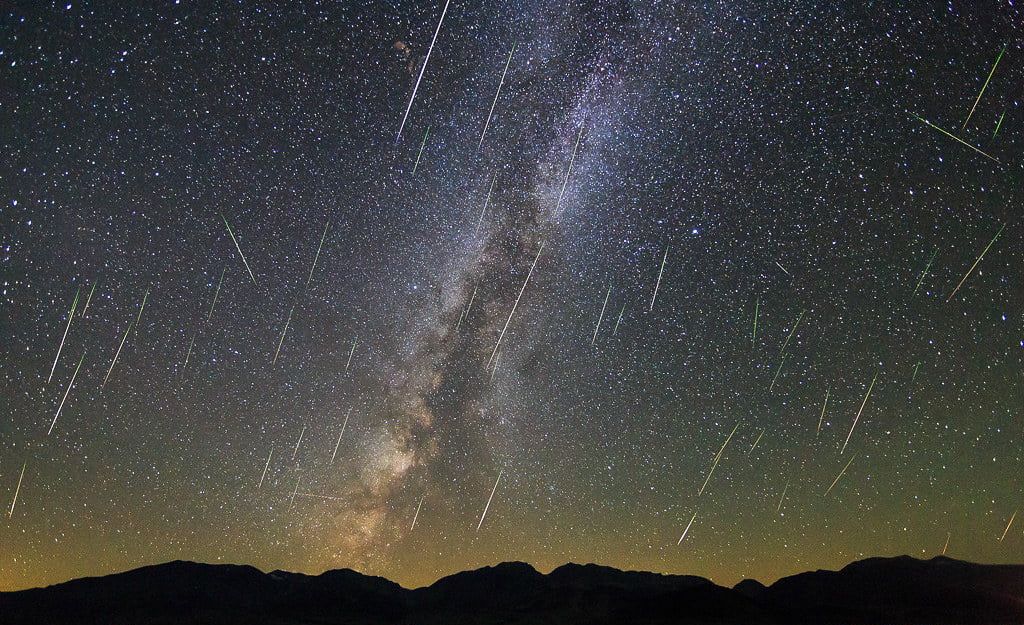
The Perseid meteor shower is perhaps the most popular meteor shower of the year. From August 11 to 12, the eagerly awaited “Perseids” reaches its peak, and spectators can expect to see 100 to 150 meteors per hour. With clear skies, this meteor shower looks like nothing short of a spectacular cosmic light show. On August 14, Saturn is at its brightest as it reaches opposition, when the Earth lies directly between a planet and the Sun. This allows observers to see a clear view of Saturn’s northern hemisphere and ring structure. Saturn can be located within the boundaries of Capricornus.
As fall approaches, there are plenty more night sky phenomena to keep an eye out for. A rare occultation of the Moon and Uranus occurs on September 14, where Uranus disappears behind the Moon and reappears about an hour later. When the giant planet Jupiter reaches opposition on September 26, it will be 369-million miles from Earth, the closest it has come to us since September 2010.
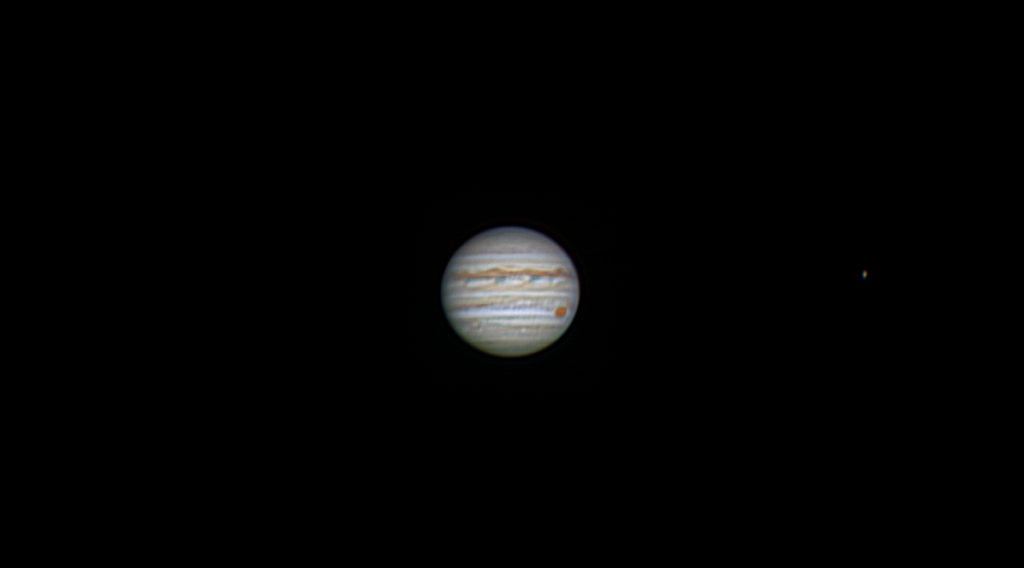
Two more meteor showers pass over in October. First, the Draconid meteor shower takes place from October 6 to 10, peaking just after nightfall on the evening of October 8. While most meteor showers are best viewed in the early morning hours, the Draconids’ radiant point is the constellation Draco, which is highest in the sky shortly after nightfall. The Orionid meteor shower takes place in October and November each year, peaking on the night of October 21. Known for their quick and bright fragments, locate the constellation of Orion to catch a glimpse of the Orionids.
Uranus will spend all year in the constellation of Aries the Ram, brightest from mid-October to the beginning of December, and arrives at opposition of the sun on November 9. Meanwhile, the Taurid meteor shower, also known as the ‘Winter Fireballs’, is visible from the beginning of November to the start of December.
On December 8, Mars arrives at opposition to the sun, reaching its highest point at midnight. Mars will shine at a magnitude minus 1.9 and will outshine even Sirius, the brightest of all stars. To top off the year, the Geminid meteor shower lights up the sky from December 4 to 17, with the peak on the night of December 14. Referred to as one of the best and most reliable showers by NASA astronomers, the Geminids put on a breath-taking show that amazes observers around the world each year. The Geminids are also unique in the fact that they are visible earlier in the night, allowing more people to enjoy them.
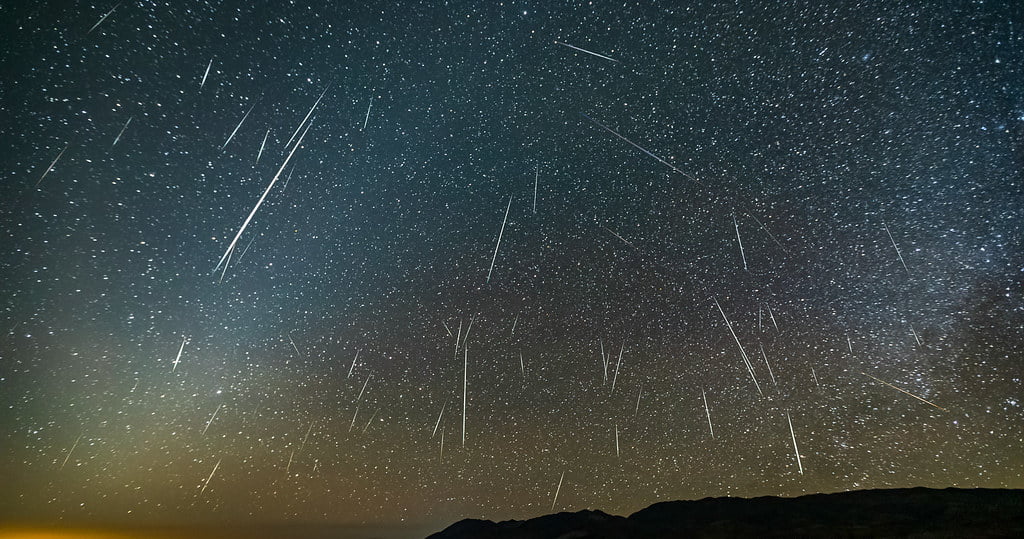
If you have the opportunity to visit Wind River Country this year, don’t forget to look up at the night sky. The old west town of Dubois is a favorite among locals to gaze up at the billions of stars overhead. Located right in town with easy access, Dubois’ Scenic Overlook is a favorite stargazing location with locals. Or, if you’re looking to get a little ways out of town, Torrey Rim, Ring Lake and Trail Lake are ideal to escape the crowds and enjoy the wonders of the night sky. Another local favorite spot is near South Pass City. The South Pass area is unique because of its close proximity to the Oregon and Mormon Trails. It’s a once in a lifetime experience to look up at the stars near South Pass City and imagine what it was like to be a pioneer traveling across the same land. The 26-mile Loop Road also offers endless viewpoints in the middle of the Shoshone National Forest. The views of the night sky from the Loop Road have a beautiful backdrop of the dark peaks of the Wind River Range, while glimmering reflections of stars dot the lakes. Whether you’re an avid stargazer, or just looking up to admire the night sky, the communities of Wind River Country showcase the stars like nowhere else, and they are perfect for viewing the constellations and planets.
Posted in Notes From the Field